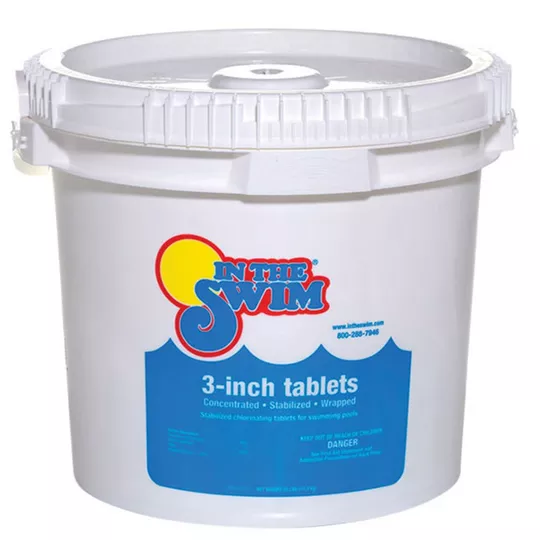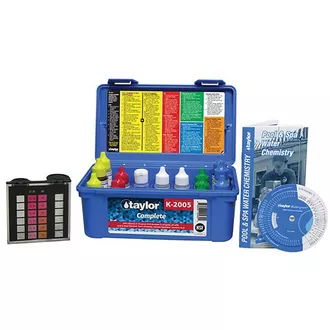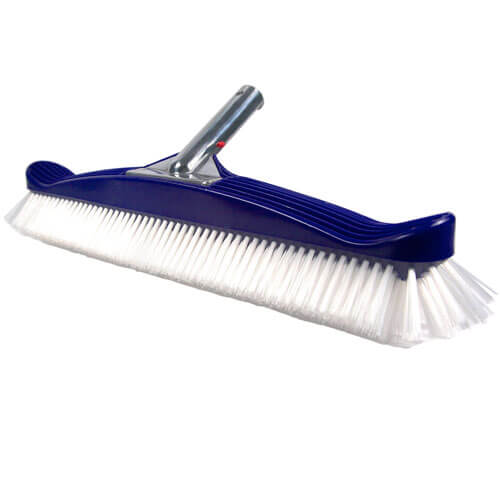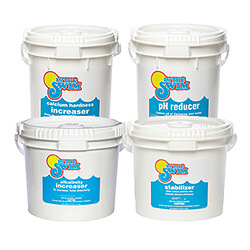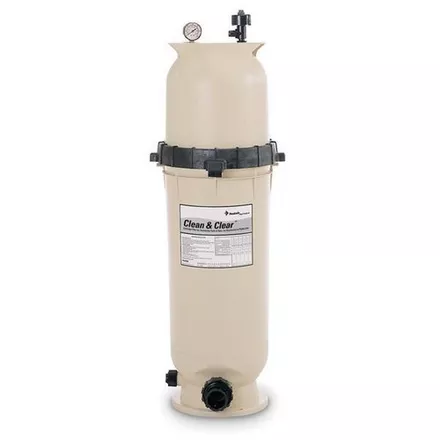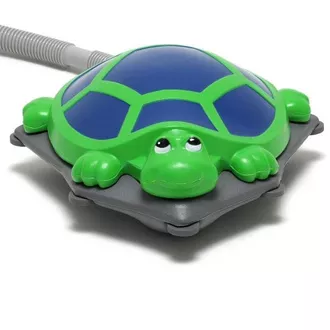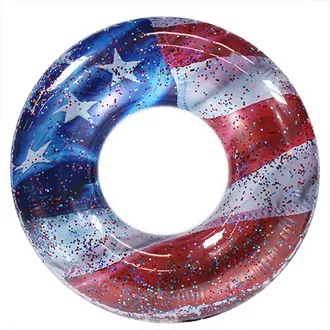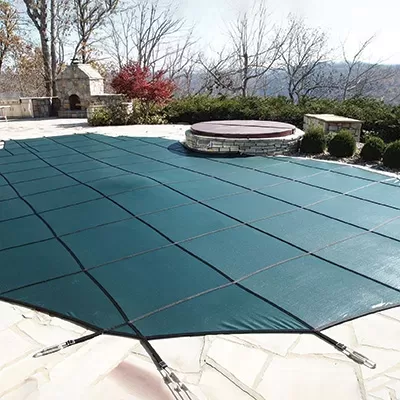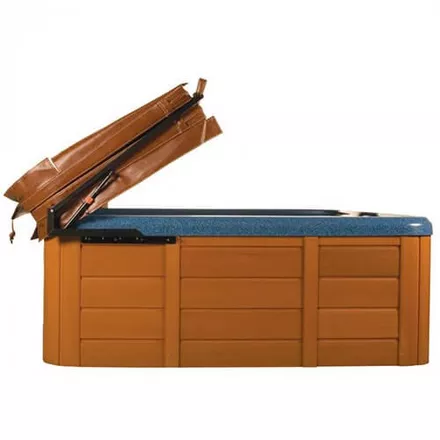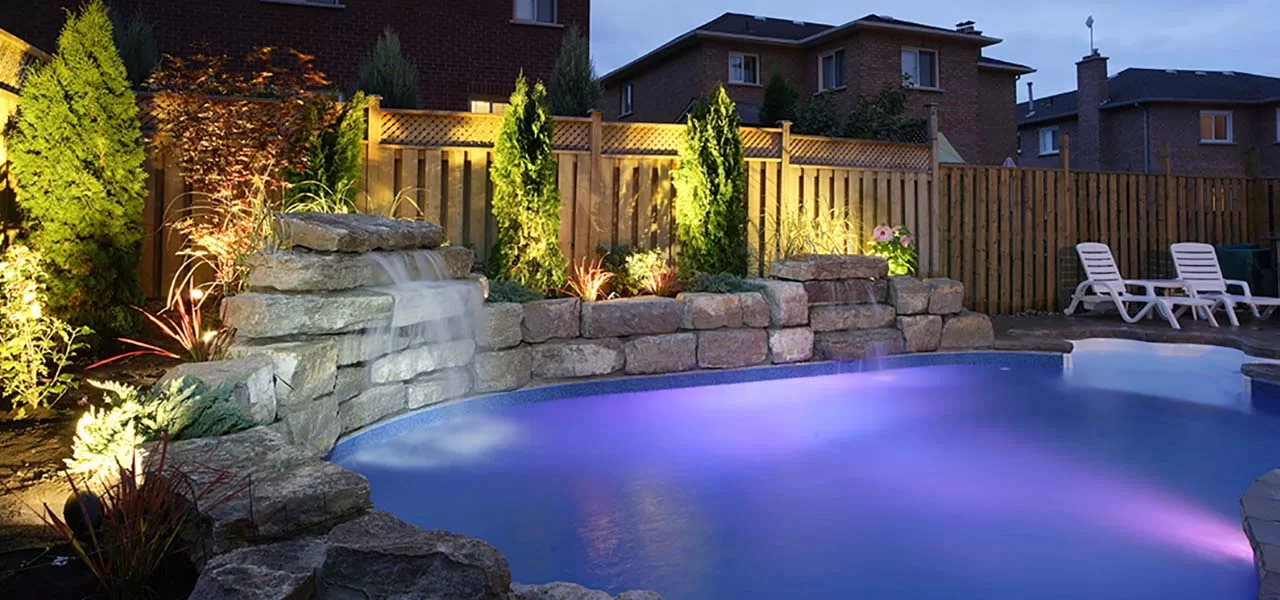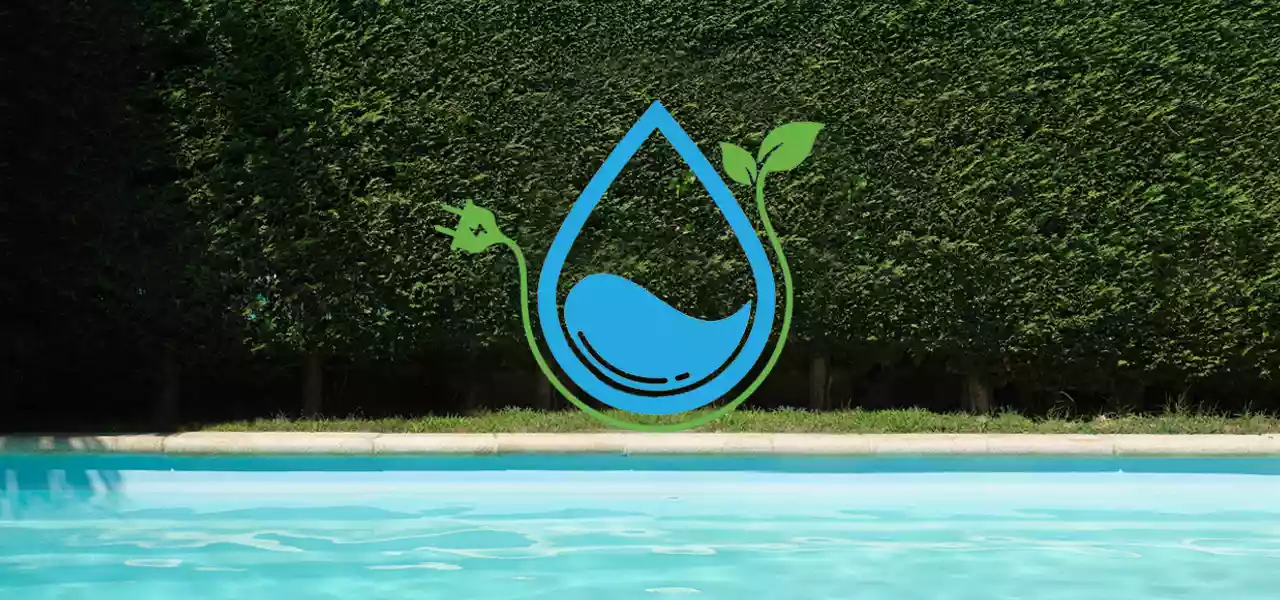This post focuses on illegal pool water discharge and restrictions being imposed on discharges made from your pool. Draining the pool for cleaning or repair, lowering water level for winterizations and even backwashing the filter may be regulated in your area.
Here’s a few local regulations on pool water draining and discharge. If your area has few swimming pools or has no water shortage concerns, your own city may not have such laws. Check your own local government or water authority website for details particular to your area.
Problems With Pool Water Discharge:
It’s not like swimming pool water is toxic sludge pouring out of a culvert and into a river, but it can cause problems when we backwash or drain and clean pools. The problem is not only WHAT we discharge, but it’s HOW and WHERE we do it that can cause problems.
The biggest concern with discharge is that improperly discharged pool water negatively affects the environmental health of streams and often results in fish kills and harm to aquatic plants and animals.
In Fairfax County, Va., county officials respond to several localized fish kills each spring that are the result of pools being drained for cleaning and maintenance. “The water being drained from pools is oxygen-deficient, and discharging it directly into a stream or into a storm drain results in dead fish and the loss of aquatic insects that inhabit the stream system.”
The erosion of stream banks or flooding of adjacent properties is the next largest concern with swimming pools.
Pool Closing Discharge:
When winterizing a pool, the water level is lowered, usually a foot or less. When I was opening and closing pools, we would have an occasional complaint from a downhill neighbor about our discharge during winterizations. But clean and clear pool water, with low chlorine levels and balanced pH, poses no concern for plants or animals. Nonetheless, it’s illegal to discharge water across neighboring properties where erosion or flooding could occur.
Most areas have restrictions affecting seasonal discharge of pool water. Where, when and how you can drain a pool can vary from state to state. Check your local government website for requirements.
Pool Opening Discharge:
Draining pools are periodically done for the repair of pool surfaces or to correct neglect. Pumping out a dark green pool must be done carefully so as not to de-oxygenate local streams or pollute a local watershed. To prevent such problems and to avoid erosion os stream banks, follow these tips to drain a green pool:
1. Pump slowly to avoid erosion and allow different areas to soak up the discharge. Hose the walls clean every few hours, or more often if done during a hot, sunny day.
2. Test the water’s pH level and adjust it to be close to 7.0 (neutral) before pumping. Most green pools have very high pH and will need a pH decreaser chemical to lower it before draining. Without circulation, the pH may take several hours to adjust.
3. Pump to an open area or yard to allow the water to slowly absorb and re-oxygenate.
4. Move the discharge hose several times during pumping to avoid oversaturating one area.
5. Don’t pump directly down a hillside or into natural ravines.
And all cities require that acid wash waste water be neutalized or specifically prohibit pumping it out of the pool. To prevent pumping out acid wash wastewater, the best method is to acid wash the “bowl” of the pool, or the deepest part, first. Once the acid wash is complete, just fill the pool and raise the low pH of the pool water.
Pumping to the Storm Drain:
For many areas, a green pool cannot be pumped into the street or into the storm drains. Most cities restrict this practice to clean and clear pool water only. Some cities such as Phoenix require you to pump into the sewer cleanout of your home.
In Los Angeles, water sent to the storm drain or sanitary sewer must be clean and clear, de-chlorinated and pH balanced. The water cannot contain any dyes or copper-based algaecides. In addition, to prevent the overload of the LA sewer system, pool water may not be discharged to the sanitary sewer within one to two days after the cessation of a rain event.
Backwashing Your Pool Filter:
It may surprise you to know that many localities specifically prohibit backwashing a pool filter. Well, actually, the backwashing they don’t mind, it’s the discharge that’s frowned upon. For these situations, separation tanks are required to filter the backwash wastewater, trapping the dirt, pathogens or diatomaceous earth.
Heavy diatomaceous earth discharges can choke a stream or cause harm to certain insects and underground critters. Where separation tanks are not used to capture the used DE powder, use care to backwash to an open area, where the wastewater can be absorbed and filtered before it reaches the water table underground. Most cities prohibit backwashing a DE filter into the storm drain or sewer.
Many areas are now actively promoting the use of cartridge filters for pools, which don’t require backwashing. The filters are cleaned with a garden hose, which requires much less water to clean than the amount of water needed to backwash a sand or DE filter.
Use Your Pool to Water Your Lawn:
In Dallas, there’s water everywhere (in pools), but not a drop for thirsty plants. In such a dry area, locals suggest that you consider repurposing your pool drainage water to water your lawn or landscaping. Improper swimming pool discharge in the Lone Star state can earn you a penalty of $2,000 per incident.
In St. Louis, the Parks and Recreation department began using water discharged from city pools during closing to water its public spaces. They pump from the pool to a water truck, where it can be delivered to dry areas around town.
Before using pool water on lawn or landscaping, make sure the pH level is 7.0-8.0, and the chlorine level is less than 3 ppm. Bermuda grass and Oleanders can withstand salty pool water better than most, but avoid using salt pool water on citrus, hibiscus, or other salt-sensitive plants.

